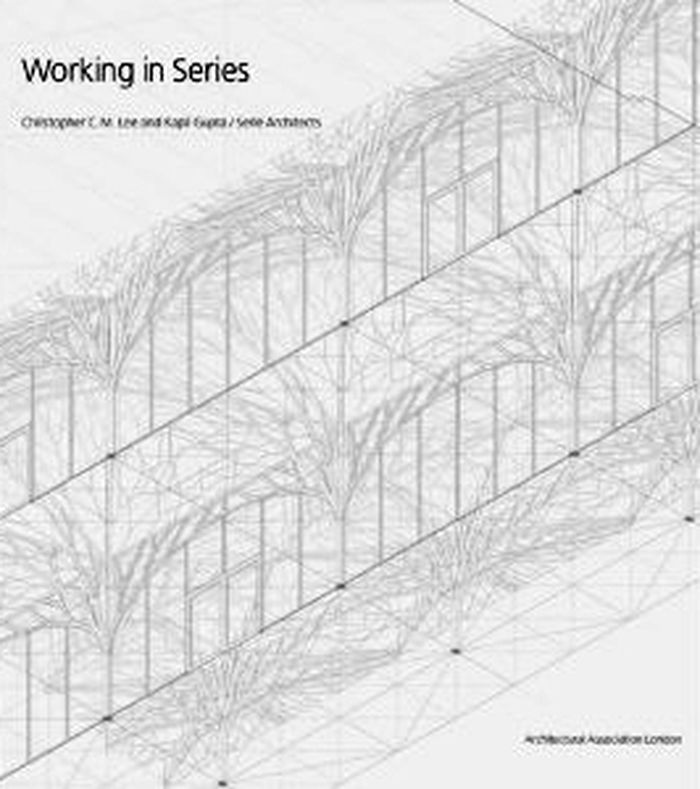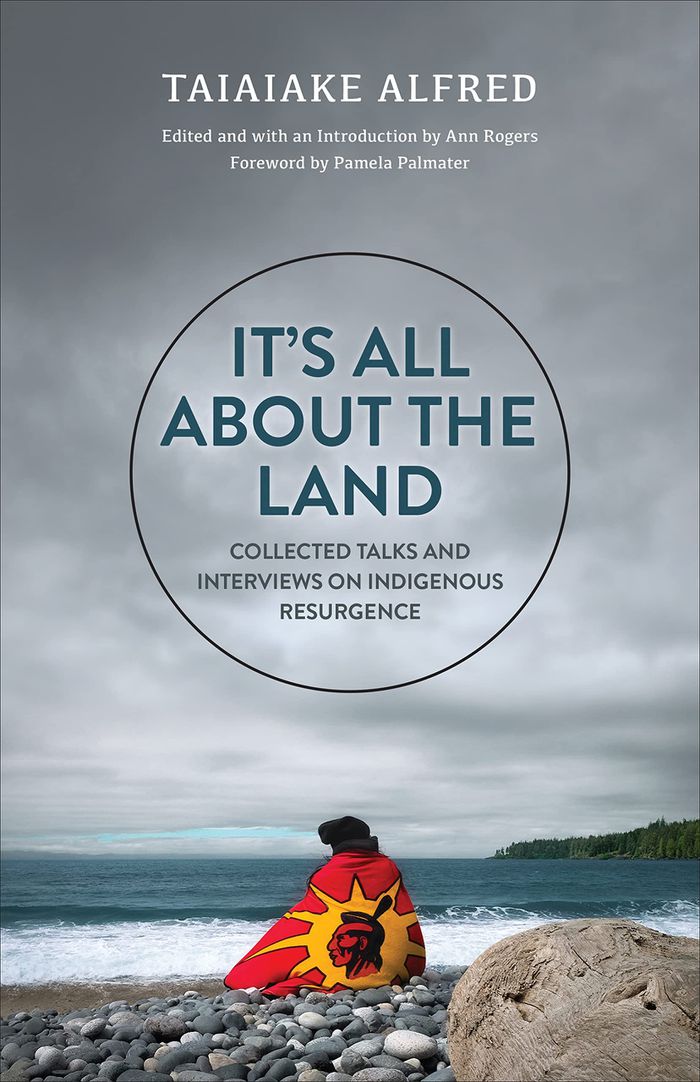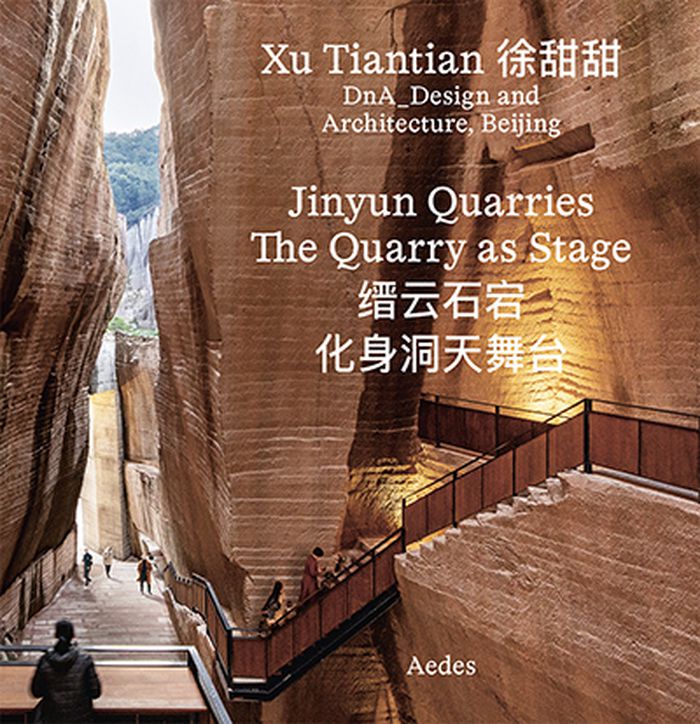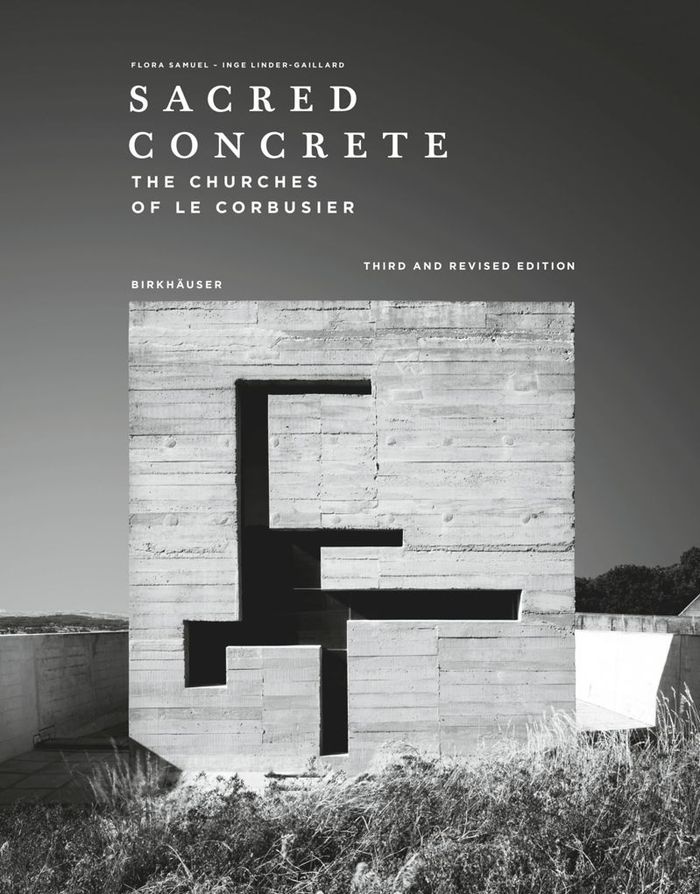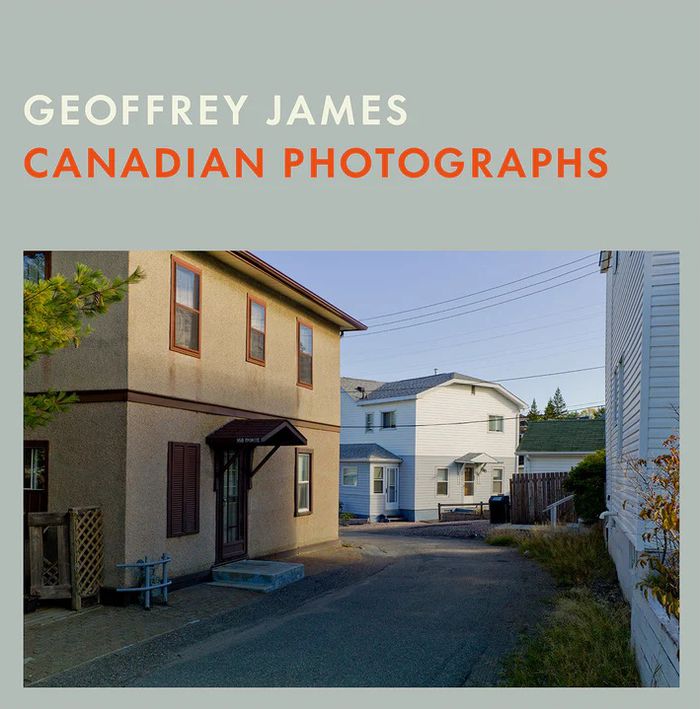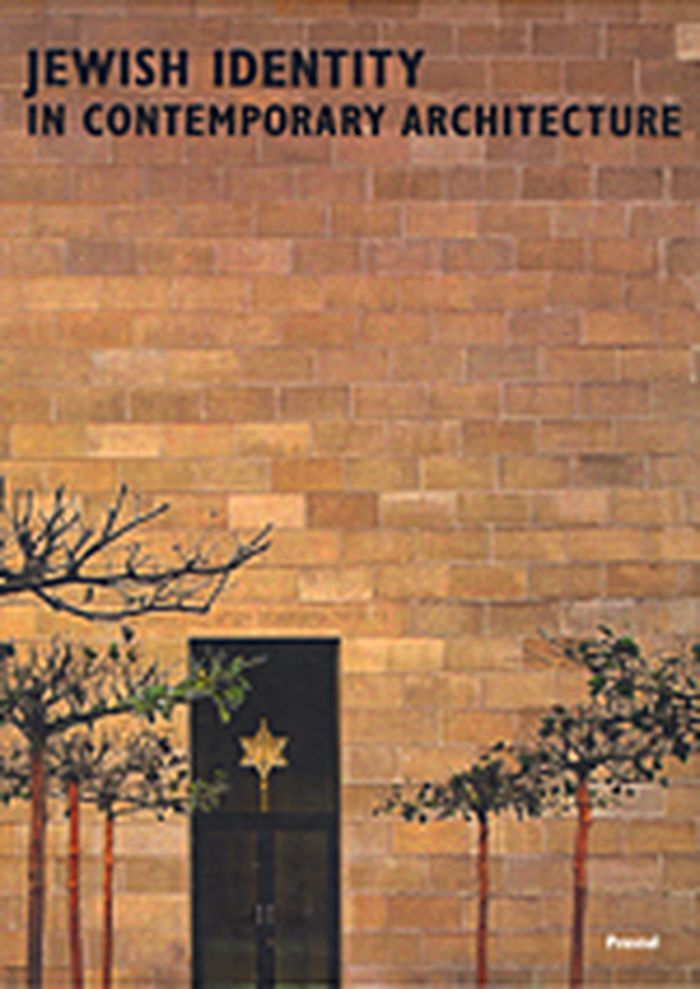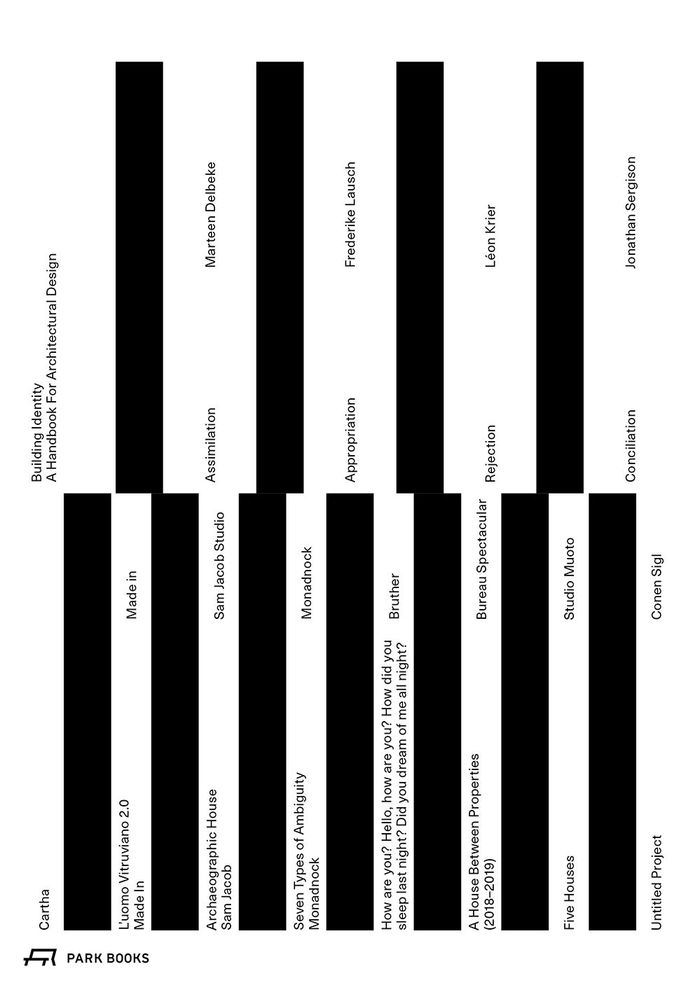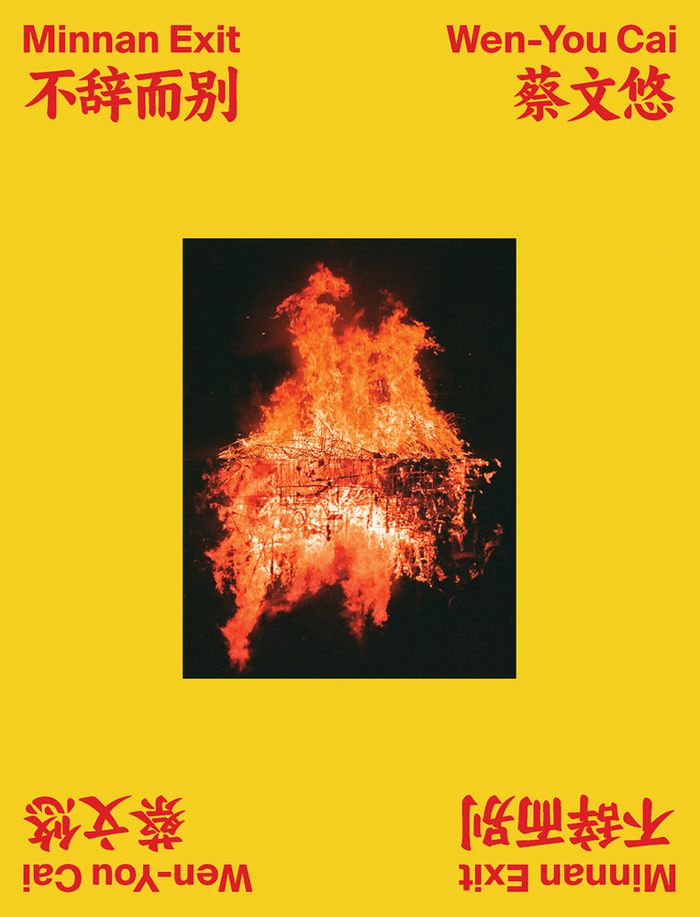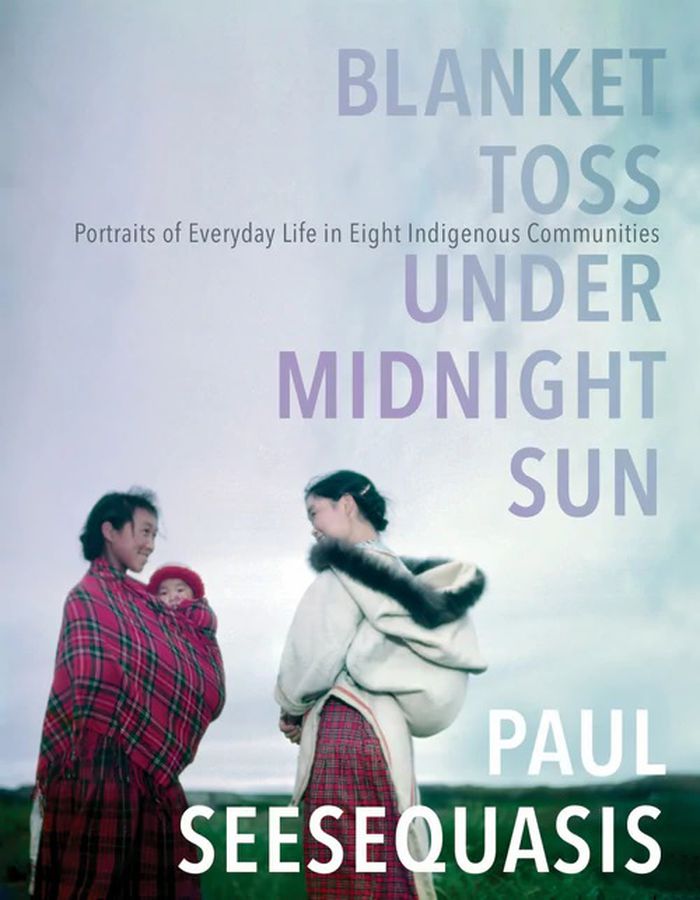$35.00
(disponible en magasin)
Résumé:
The construction of a mental habit that systematically confronts the complexities and the contradiction of the architectural profession is what characterises the work of Serie. Serie searches for a level of coherence that goes beyond iconic recognition. Its method is an attempt to coincide and negotiate the two extremes of architecture: the commitment to the city and its(...)
Serie Architects: Working in series
Actions:
Prix:
$35.00
(disponible en magasin)
Résumé:
The construction of a mental habit that systematically confronts the complexities and the contradiction of the architectural profession is what characterises the work of Serie. Serie searches for a level of coherence that goes beyond iconic recognition. Its method is an attempt to coincide and negotiate the two extremes of architecture: the commitment to the city and its project, and the definition of an architectural method discernible in its own disciplinary terms. Serie works in the direction of reconciling the disputation between city and design, and the framework of this reconciliation is the idea of type.
Architecture, monographies
$34.95
(disponible en magasin)
Résumé:
Illuminating the First Nations struggles against the Canadian state, ''It’s all about the land'' exposes how racism underpins and shapes Indigenous-settler relationships. Renowned Kahnawà:ke Mohawk activist and scholar Taiaiake Alfred explains how the Canadian government’s reconciliation agenda is a new form of colonization that is guaranteed to fail. Bringing together(...)
It's all about the land: Collected talks and interviews on Indigenous resurgence
Actions:
Prix:
$34.95
(disponible en magasin)
Résumé:
Illuminating the First Nations struggles against the Canadian state, ''It’s all about the land'' exposes how racism underpins and shapes Indigenous-settler relationships. Renowned Kahnawà:ke Mohawk activist and scholar Taiaiake Alfred explains how the Canadian government’s reconciliation agenda is a new form of colonization that is guaranteed to fail. Bringing together Alfred’s speeches and interviews from over the past two decades, the book shows that Indigenous peoples across the world face a stark choice: reconnect with their authentic cultures and values or continue following a slow road to annihilation. Rooted in ancestral spirit, knowledge, and law, ''It’s all about the land'' presents a passionate argument for Indigenous Resurgence as the pathway toward justice for Indigenous peoples.
Autochtone
$21.50
(disponible en magasin)
Résumé:
Focusing on reconciliation with nature, a respectful approach was taken when creating the exhibition “Jinyun Quarries— The Wuarry as Stage“.The large, extensive installation presents the unusual spatial feeling in the stone quarries of Jinyun scenographically and enables visitors to experience it. Spectacular, translucent models give an impression of the complex spatial(...)
Xu Tiantian : Jinyun Quarries, the quarry as stage
Actions:
Prix:
$21.50
(disponible en magasin)
Résumé:
Focusing on reconciliation with nature, a respectful approach was taken when creating the exhibition “Jinyun Quarries— The Wuarry as Stage“.The large, extensive installation presents the unusual spatial feeling in the stone quarries of Jinyun scenographically and enables visitors to experience it. Spectacular, translucent models give an impression of the complex spatial structure of the spaces carved into the rock, accompanied by large-format photos, plans, and descriptions. The exhibition also explores the historical situation when the stone quarries were still in operation on the one hand, and how the population, the craftsmen, and the administration have accepted and assess the newly created infrastructures today on the other. This publication accompanies the exhibition.
$98.50
(disponible sur commande)
Résumé:
Le Corbusier not only designed and built churches, but also engaged intensely with religion and faith and, through his oeuvre, had a significant impact on church architecture of the twentieth century. The book explains Le Corbusier’s relationship with religion; it introduces his designs for La Sainte-Baume, the Chapel of Notre Dame du Haut de Ronchamp, La Tourette(...)
Sacred concrete: the churches of Le Corbusier. Third edition
Actions:
Prix:
$98.50
(disponible sur commande)
Résumé:
Le Corbusier not only designed and built churches, but also engaged intensely with religion and faith and, through his oeuvre, had a significant impact on church architecture of the twentieth century. The book explains Le Corbusier’s relationship with religion; it introduces his designs for La Sainte-Baume, the Chapel of Notre Dame du Haut de Ronchamp, La Tourette monastery, and the church of St. Pierre, and investigates his impact on the ensuing modern church architecture in Europe. This includes the Jubilee Church by Richard Meier, the Ignatius Chapel by Steven Holl, the Santa Maria Church by Álvaro Siza, Tadao Ando’s Meditation Space, and the Chapel of Reconciliation by Reitermann & Sassenroth. For the third edition, the introduction, the conclusion, and the bibliography have been revised and supplemented.
Architecture, monographies
Plants, people and places: the roles of ethnobotany and ethnoecology in indigenous peoples' land rig
$49.95
(disponible sur commande)
Résumé:
For millennia, plants and their habitats have been fundamental to the lives of Indigenous Peoples - as sources of food and nutrition, medicines, and technological materials - and central to ceremonial traditions, spiritual beliefs, narratives, and language. While the First Peoples of Canada and other parts of the world have developed deep cultural understandings of plants(...)
Plants, people and places: the roles of ethnobotany and ethnoecology in indigenous peoples' land rig
Actions:
Prix:
$49.95
(disponible sur commande)
Résumé:
For millennia, plants and their habitats have been fundamental to the lives of Indigenous Peoples - as sources of food and nutrition, medicines, and technological materials - and central to ceremonial traditions, spiritual beliefs, narratives, and language. While the First Peoples of Canada and other parts of the world have developed deep cultural understandings of plants and their environments, this knowledge is often underrecognized in debates about land rights and title, reconciliation, treaty negotiations, and traditional territories. Plants, People, and Places argues that the time is long past due to recognize and accommodate Indigenous Peoples' relationships with plants and their ecosystems. Analyzing specific cases in which Indigenous Peoples' inherent rights to the environment have been denied or restricted, this collection promotes future prosperity through more effective and just recognition of the historical use of and care for plants in Indigenous cultures.
$45.00
(disponible en magasin)
Résumé:
Geoffrey James directs his gaze to the in-between spaces and forgotten places that resist the idea of a cohesive national identity. With an equable eye, James documents the ephemeral and the monumental: a demolition derby in Quebec, how an inmate at Kingston Penitentiary has decorated his cell, the Dickensian side door of Massey Hall in Toronto. The photographs in this(...)
Geoffrey James: Canadian photographs
Actions:
Prix:
$45.00
(disponible en magasin)
Résumé:
Geoffrey James directs his gaze to the in-between spaces and forgotten places that resist the idea of a cohesive national identity. With an equable eye, James documents the ephemeral and the monumental: a demolition derby in Quebec, how an inmate at Kingston Penitentiary has decorated his cell, the Dickensian side door of Massey Hall in Toronto. The photographs in this collection celebrate the everyday while meditating on the issues James’s adopted home faces: the bifurcation of rural and urban, rapid growth and increasing inequality, and its journey toward truth and reconciliation. Linked by views taken from train windows from British Columbia to Nova Scotia, James’s unofficial portrait of Canada brings into sharp relief the unfinished business of the nation as it lurches into the next century. Canadian Photographs includes a conversation between the photographer and Peter Galassi, former Chief Curator of Photography at the Museum of Modern Art.
Monographies photo
$108.95
(disponible sur commande)
Résumé:
This international exploration of Jewish and Holocaust museums, modern synagogues, Jewish community centers and schools demonstrates how these important structures lend architectural shape to the Jewish identity. Architects commissioned to build religious-based structures are uniquely responsible to the history and values of the community they represent. Nowhere is this(...)
avril 2004, Munich
Jewish identity in contemporary architecture
Actions:
Prix:
$108.95
(disponible sur commande)
Résumé:
This international exploration of Jewish and Holocaust museums, modern synagogues, Jewish community centers and schools demonstrates how these important structures lend architectural shape to the Jewish identity. Architects commissioned to build religious-based structures are uniquely responsible to the history and values of the community they represent. Nowhere is this more evident than within the Jewish structures of the late twentieth and early twenty-first centuries, a time of disruption, destruction, immigration, and reconstruction of Jewish society. Accompanying a touring exhibition, this important work demonstrates the fundamental differences among fifteen museums, synagogues, community centers and schools throughout the world. It covers sites in America, where the architecture of Jewish institutions looks back on a legacy of uninterrupted development; in Israel, where the great wave of immigration adopted modernist as well as Mediterranean traditions; and in Europe, where rebuilding and reconciliation attempt to balance a history of pain and tragedy.
CARTHA: Building identity
$49.95
(disponible en magasin)
Résumé:
In their new book, the international CARTHA network engages with the question of forming identity in society and the role that architecture plays in this process. Inspired by Jacques Lacan’s approach from psychoanalysis, CARTHA’s members break down the identity-formation process into four sub-steps, which they explore in interviews: Maarten Delbeke, professor of history(...)
Théorie de l’architecture
août 2024
CARTHA: Building identity
Actions:
Prix:
$49.95
(disponible en magasin)
Résumé:
In their new book, the international CARTHA network engages with the question of forming identity in society and the role that architecture plays in this process. Inspired by Jacques Lacan’s approach from psychoanalysis, CARTHA’s members break down the identity-formation process into four sub-steps, which they explore in interviews: Maarten Delbeke, professor of history and theory of architecture at ETH Zurich, talks about ''Assimilation''; Frederike Lausch, researcher at TU Darmstadt’s Department of Architecture, about ''Appropriation''; Rob Krier, Berlin and Liguria-based architect and sculptor, about ''Denial'', and Jonathan Sergison, London-based architect, about ''Reconciliation''. These conversations make up the cornerstones for a new, experimental design methodology, which has been tested in practice by architecture firms Bruther (Bordeaux), Bureau Spectacular (Los Angeles), Conen Sigl (Zurich), Made In (Geneva / Zurich), Monadnock (Rotterdam), Studio Muoto (Paris), and Sam Jacob Studio (London). ''CARTHA—Building Identity'' features a variety of buildings—houses, cottages, apartments—designed in the context of these insights.
Théorie de l’architecture
Wen-You Cai: Minnan Exit
$65.95
(disponible en magasin)
Résumé:
Since 2015, Wen-You Cai has returned on multiple occasions to her parents' hometown of Quanzhou, Fujian, to attend the funerals of her deceased relatives. The ceremonies in the Minnan region unfold like grand dramas in which she is both an observer and a participant. Throughout the ceremony, Wen-You is enveloped in the unknown; everything seems meticulously arranged.(...)
Wen-You Cai: Minnan Exit
Actions:
Prix:
$65.95
(disponible en magasin)
Résumé:
Since 2015, Wen-You Cai has returned on multiple occasions to her parents' hometown of Quanzhou, Fujian, to attend the funerals of her deceased relatives. The ceremonies in the Minnan region unfold like grand dramas in which she is both an observer and a participant. Throughout the ceremony, Wen-You is enveloped in the unknown; everything seems meticulously arranged. Amidst the overwhelming grief of losing loved ones, there exists a feeling of confusion, and taking photographs was one of the ways for her to engage in the funeral process. For this photo series, Wen-You was initially confronted by her own fear of death, intertwined with her bewilderment and curiosity about the complex funeral rituals and its uniqueness inherent to Minnan culture. To demystify these subjects, Wen-You, joined by te editions, interviewed a funeral director who provides comprehensive “one-stop services,” a monk who hosts Buddhist ceremonies, and a folklorist of Minnan rituals. Minnan Exit can be interpreted as many things–a family album, a curated collection of photographs, an unfinished journey of discovery, as well as the process of Wen-You's reconciliation with her mortality.
Monographies photo
$32.95
(disponible sur commande)
Résumé:
In 2015, writer and journalist Paul Seesequasis found himself grappling with the devastating findings of Canada's Truth and Reconciliation Commission report on the residential school system. He sought understanding and inspiration in the stories of his mother, herself a residential school survivor. Gradually, Paul realized that another, mostly untold history existed(...)
Blanket toss under midnight sun
Actions:
Prix:
$32.95
(disponible sur commande)
Résumé:
In 2015, writer and journalist Paul Seesequasis found himself grappling with the devastating findings of Canada's Truth and Reconciliation Commission report on the residential school system. He sought understanding and inspiration in the stories of his mother, herself a residential school survivor. Gradually, Paul realized that another, mostly untold history existed alongside the official one: that of how Indigenous peoples and communities had held together during even the most difficult times. He embarked on a social media project to collect archival photos capturing everyday life in First Nations, Metis and Inuit communities from the 1920s through the 1970s. As he scoured archives and libraries, Paul uncovered a trove of candid images and began to post these on social media, where they sparked an extraordinary reaction. Friends and relatives of the individuals in the photographs commented online, and through this dialogue, rich histories came to light for the first time. ''Blanket toss under midnight sun'' collects some of the most arresting images and stories from Paul's project. While many of the photographs live in public archives, most have never been shown to the people in the communities they represent. As such, ''Blanket Toss'' is not only an invaluable historical record, it is a meaningful act of reclamation, showing the ongoing resilience of Indigenous communities, past, present--and future.
Autochtone
